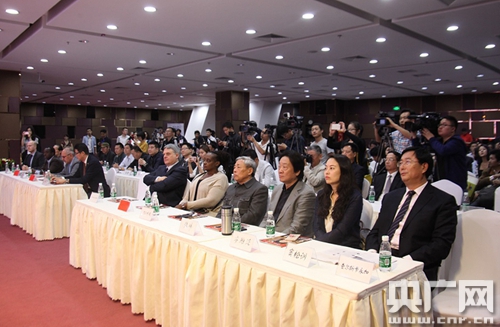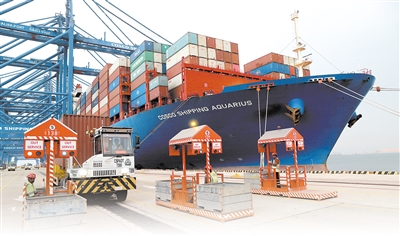Digital Evidence: Although It Is A Strategic Partner, China Has Not Made Significant Investments In Iran In The Past 10 Years
Digital Evidence: Although It Is A Strategic Partner, China Has Not Made Significant Investments In Iran In The Past 10 Years
In the past few days, Uncle Mu noticed that the Iranian media has paid attention to some interesting data about China-Iran relations, which will help us deepen our understanding of the reality of the strategic relationship between the two countries. China has not had major projects in Iran for nearly 10 years.
In this international comment, Uncle Mu will analyze the complexity of China's relations with Iran.
In the past few days, Uncle Mu noticed that the Iranian media has paid attention to some interesting data about China-Iran relations, which will help us deepen our understanding of the reality of the strategic relationship between the two countries.
Media believes that China and Iran's economic exchanges are basically about buying oil, and perhaps the same is true for Russia. But China is guiding new investment and trade routes toward rivals from Iran and Russia, such as Central Asian countries, Caucasian countries and the Arab world. China has not had major projects in Iran for nearly 10 years.
The latest data from China's "Belt and Road" initiative shows this reality. In the first half of 2025, China invested more than US$57 billion and signed a contract of US$66 billion. Neither Iran nor Russia appeared on the list.
For Iran, this marks that China has not invested heavily in nearly 10 years—the last major deal was in 2016, when China's large state-owned oil companies signed a new phase of development agreement in South Pars in Iran, but withdrew after U.S. sanctions.
Analysts believe that although Tehran, Moscow and Beijing often demonstrate unity by holding meetings, joint military exercises, and announcing that they are challenging Western hegemony, it is basically symbolic.
The relationship between China and the West is much deeper than that between Iran, Russia and the West, so China's approach to economic cooperation is much more pragmatic.
Russia and Iran must be quite worried about China's trade with Europe and the West through the Central Asia and the Caucasus Corridor. But China is indeed using this corridor to increase international trade.

The data does not lie, and provides some proof.
According to data, cargo on Central Asia-Caucasus-Türkiye-Europe routes increased by 68% last year, while two-way transportation through Russia fell by more than 45%.
In addition, Chinese companies now hold 51% of the $4.7 billion Kyrgyzstan-Uzbekistan Railway, which also connects Kazakhstan and the Caucasus.
It is worth noting that all these routes pass through Azerbaijan. After the country and the United States reached an agreement with Armenia not long ago, Azerbaijan will launch a Zangzur Corridor trade route along the Iranian border with “Trump’s Road to International Prosperity and Peace”. Both Iran and Russia have criticized this path many times.
Why do China's large-scale investment projects bypass Iran?
The reason is not difficult to understand: the face of long-term US sanctions, internal political unpredictability, and tense relations with the West have made Iran and Russia a high-risk bet on any country's long-term infrastructure projects.
In the past decade, China's continued lack of large-scale investment may have exacerbated the marginalization of the Iranian economy internationally.
As China, Arab countries and Central Asian neighbors build closer networks in trade, energy and diplomacy, Iran may lag further economically and geopolitically unless Iran repositions and joins the region’s emerging transportation map.





